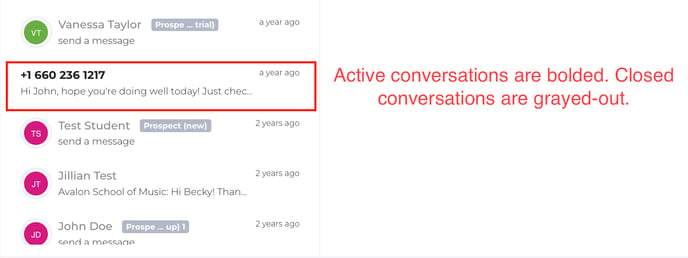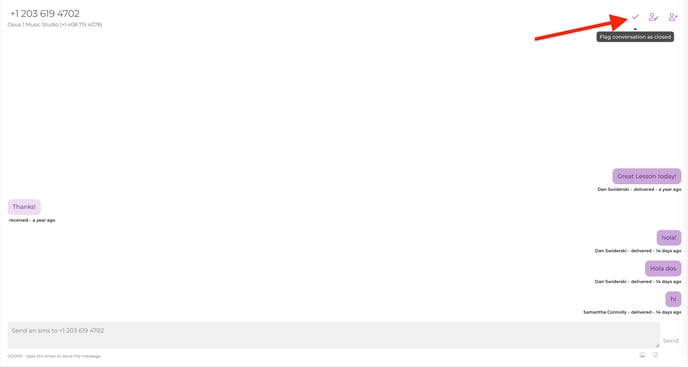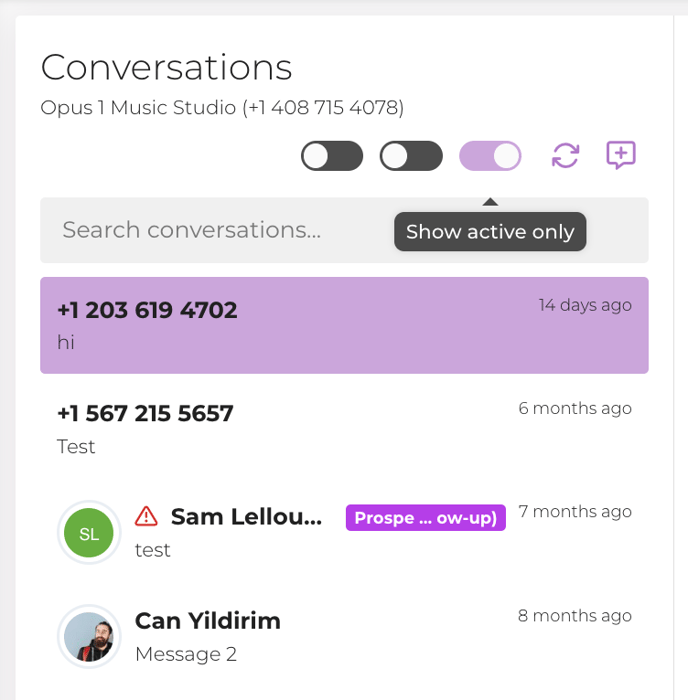Opus1 utilizes the Active/Closed flags to identify conversations that need follow-up.
Unlike email, our SMS messaging system doesn’t use Read/Unread statuses. Instead, we organize messages based on their conversation state — Active or Closed — which better reflects the workflow of how SMS communication actually functions.
Why We Don’t Use Read/Unread
SMS is fundamentally a broadcast-based technology, not a live, synchronized messaging system. That means there’s no reliable or consistent way to know when a message has been “read” by a recipient or even viewed within a conversation thread. This limitation applies to all SMS systems — including ours.
By contrast, platforms like iMessage, Slack, or WhatsApp can display read indicators because they operate within closed, data-based ecosystems where every participant is authenticated and connected through the same network.
For that reason, we don’t surface “Read/Unread” as a status, since it would be misleading or incomplete in most real-world cases.
Active vs. Closed Conversations
Instead of Read/Unread, we use Active and Closed to indicate the status of the conversation itself, not individual messages.
-
Active conversations are ongoing or awaiting a response — for example, when a customer has recently sent a message or your team is still working on a reply.
-
Closed conversations are completed — for instance, when an issue has been resolved or no further action is needed.
Closing a conversation doesn’t delete it; it simply helps you keep your workspace organized. If the customer replies to a Closed conversation, it will automatically re-open as Active, bringing it back into your queue.

You can mark a conversation as Closed by clicking the "Flag conversation as closed" button in the top-right corner of the conversation view:

Finally, you can filter for only Active conversations using the filters above the conversations list on the left side of the instant messaging interface: